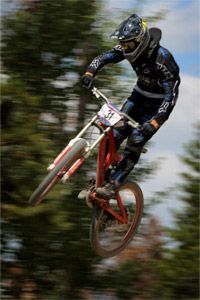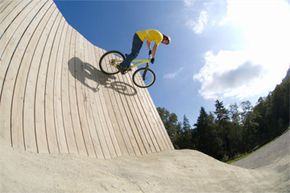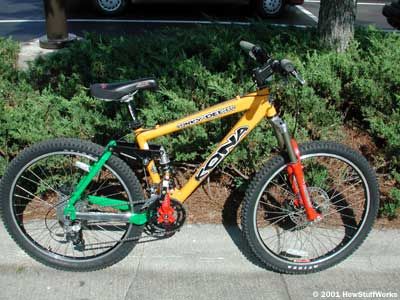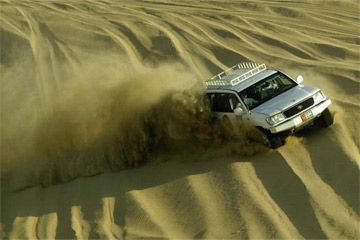Whether you're in it for the adrenaline rush or just for fun, whether you have a competitive streak or just enjoy the exercise, mountain biking is an activity that millions of people all over the world are addicted to. In fact, mountain bikes make up the majority of specialty bike sales in the United States and the United Kingdom.
Since the first mountain bike hit the market nearly four decades ago, this tough two-wheeled man-powered machine has come to dominate the cycling world. From the early 1970s to the early 1990s, mountain bikes went from a few hand-assembled novelties to occupying the vast majority of the bicycle market -- nearly 95 percent by 1993 [source: Worland]. The freedom that mountain biking offered riders was an undeniably powerful force. It wasn't long after that, in 1996, that cross-country mountain biking became an Olympic sport for men and women.
Advertisement
Since then, mountain bike design has evolved to the point that there are few places riders can't go. The well-treaded, multigeared, spring suspension mountain bikes of today differ greatly depending on where and how you want to ride them.
It's certainly a far cry from the earliest days of cycling. The first bicycles of the mid-19th century were built with wooden frames and metal rims and weren't especially easy to keep upright. But today's mountain bikes can pretty much go anywhere and do anything, and several styles of this sport have developed to take advantage of all that mountain bikes can do.
The sport of mountain biking has branched off into several basic categories, each with its own gear, techniques and flocks of enthusiastic cyclers. Some of these categories are all about speed, some agility and still others about performing gravity-defying stunts that leave those of us with two feet on the ground in awe.
So what are the various types of this enthralling sport? Keep pedaling.
Advertisement




